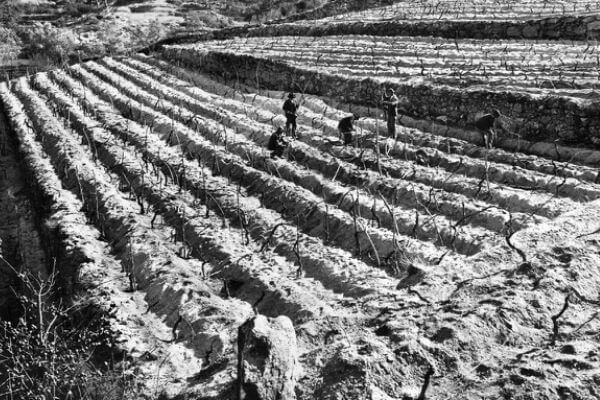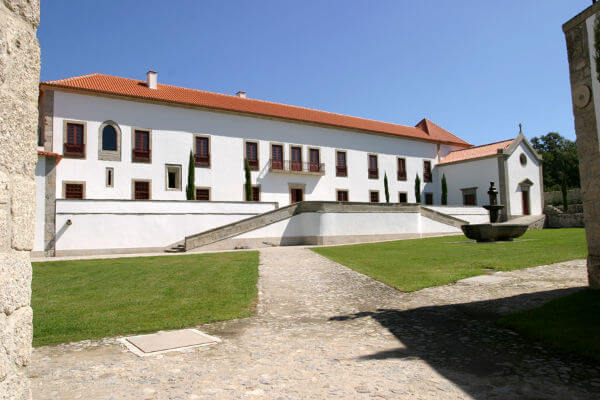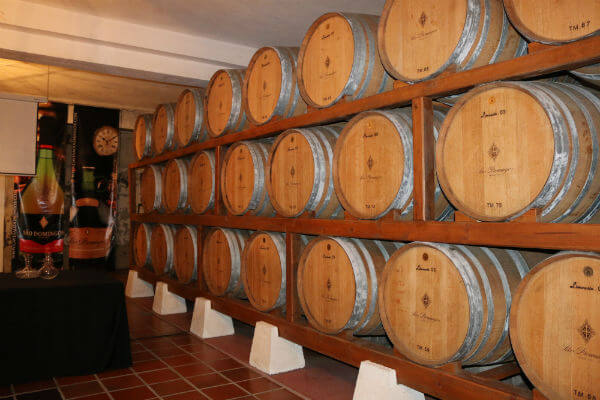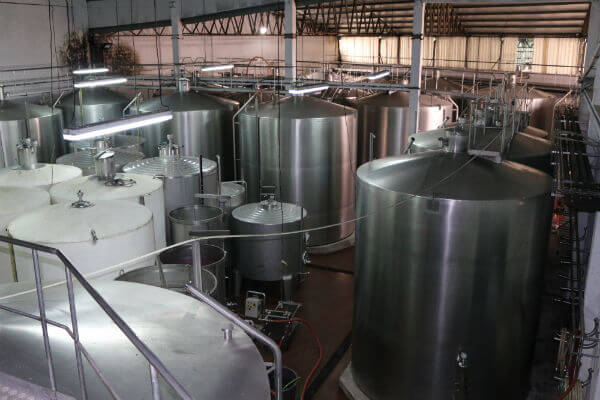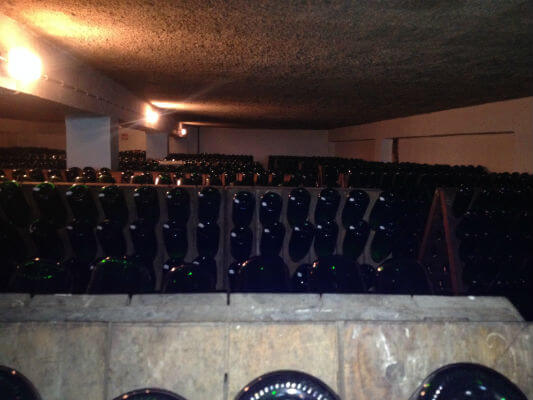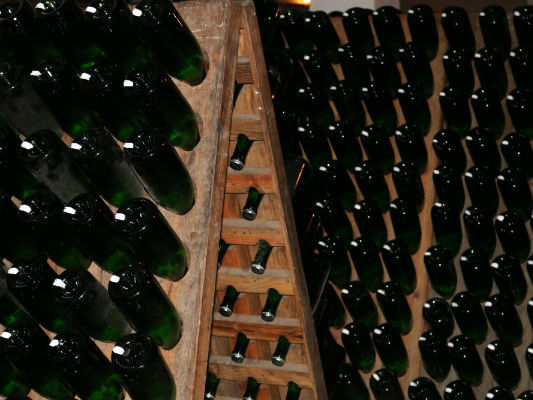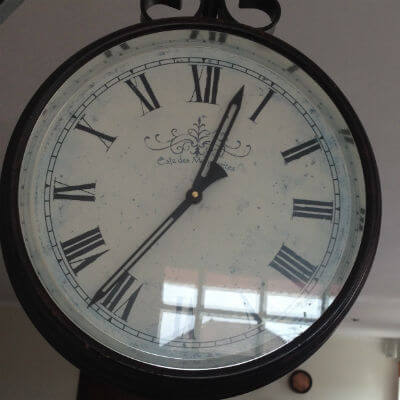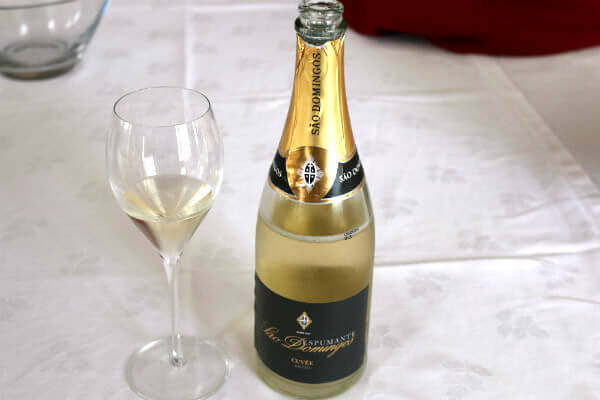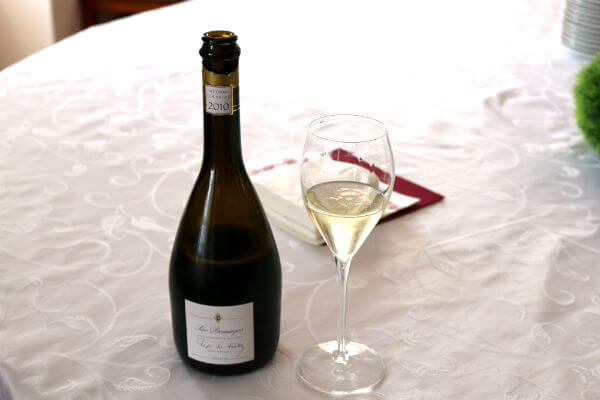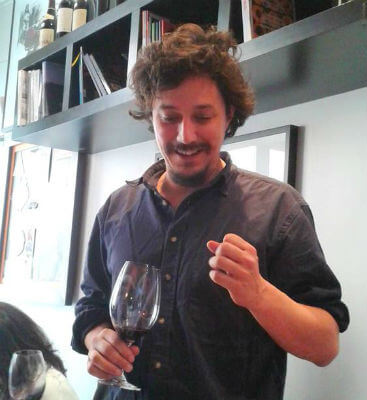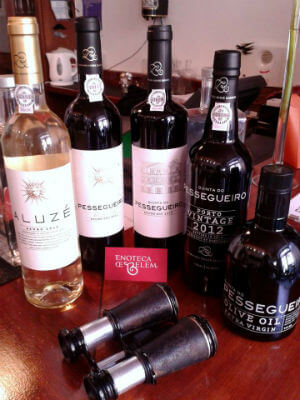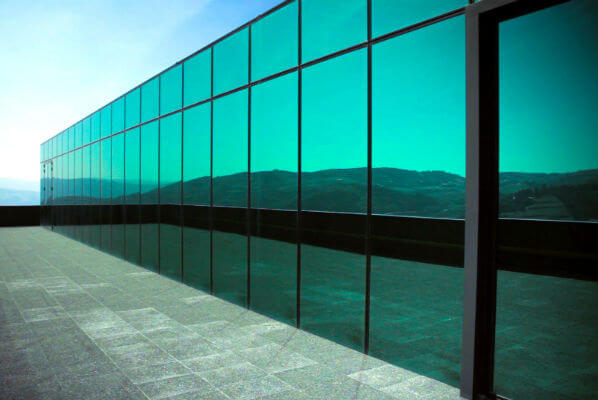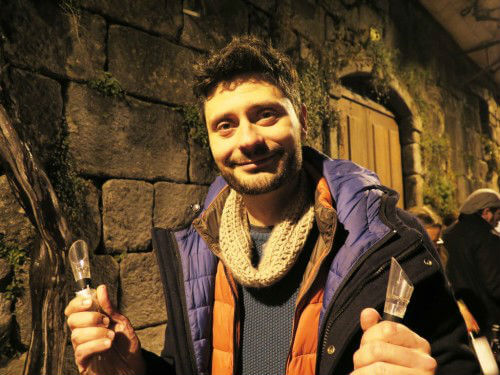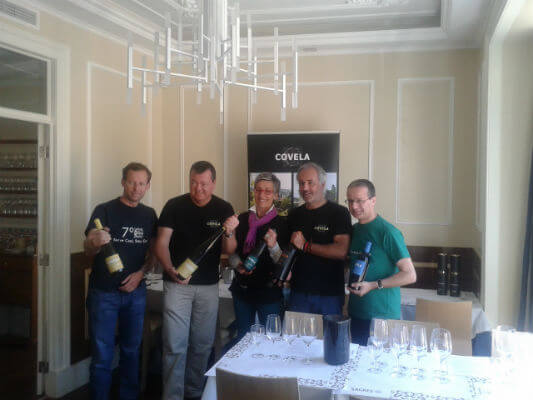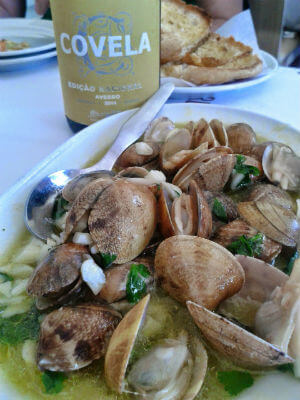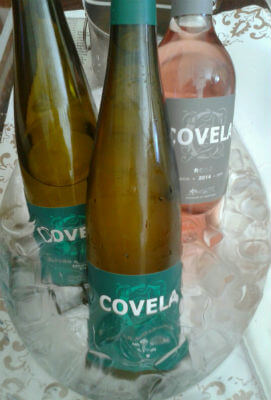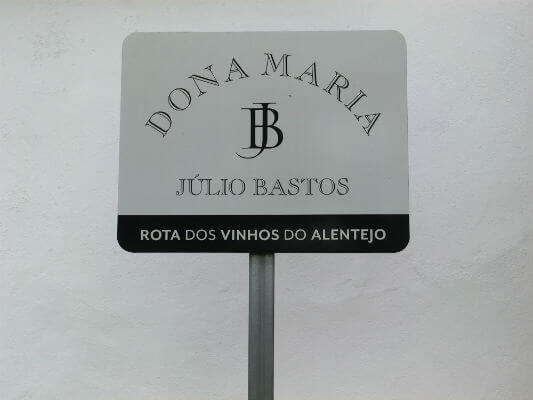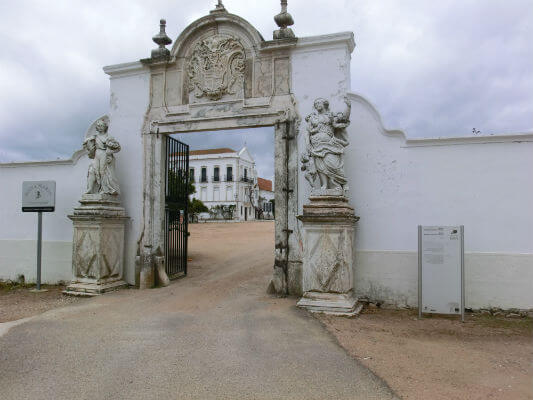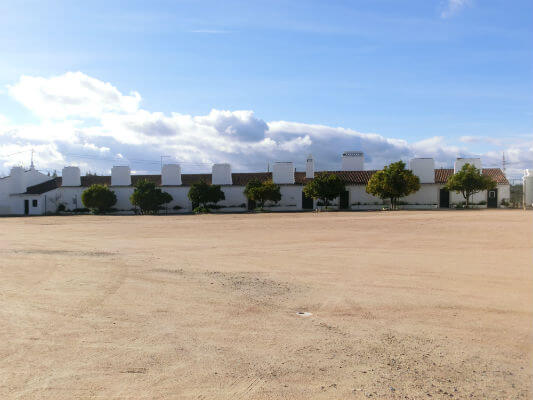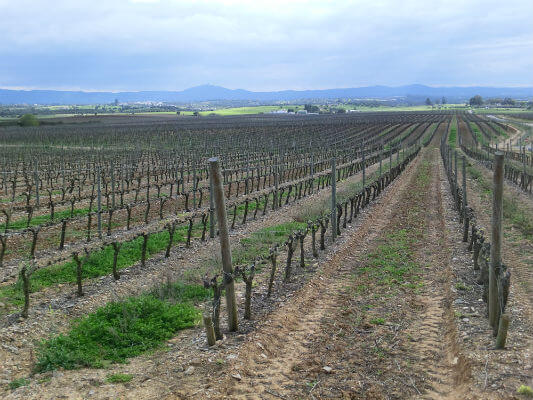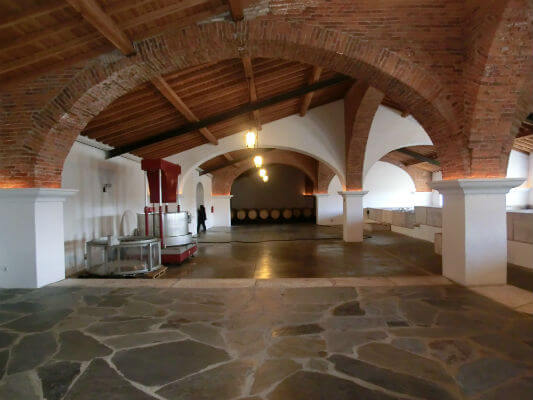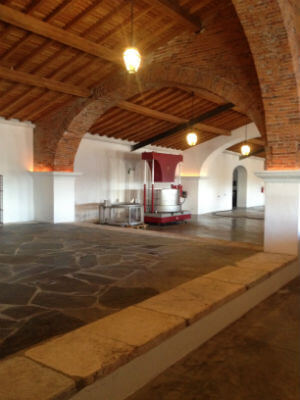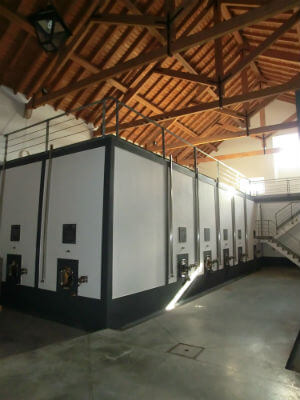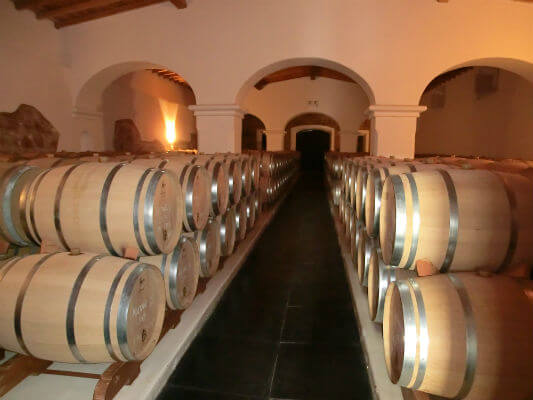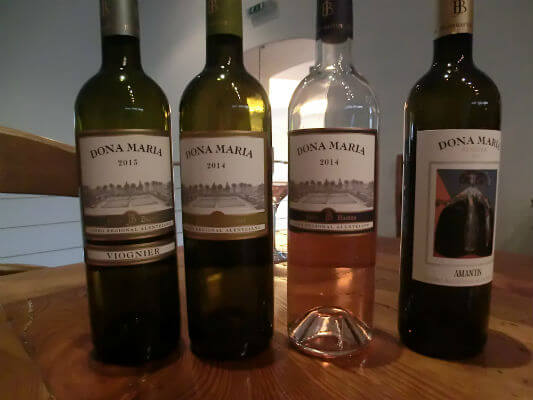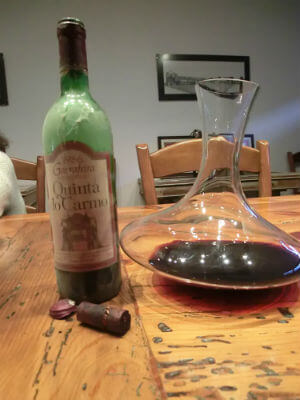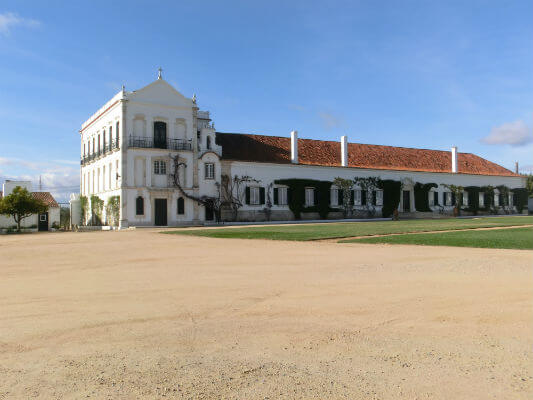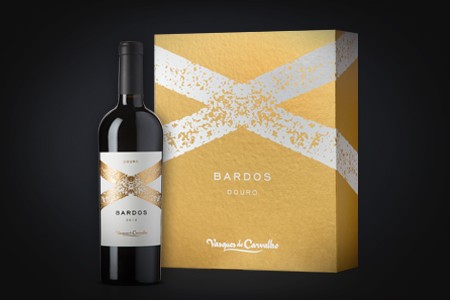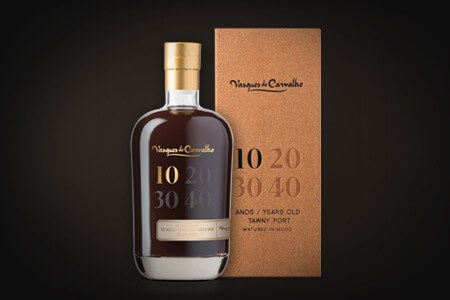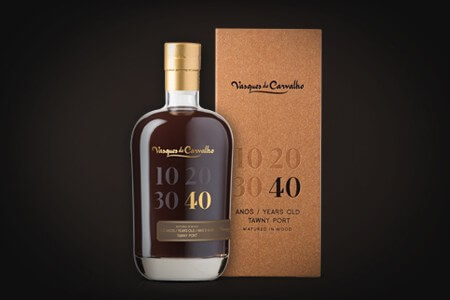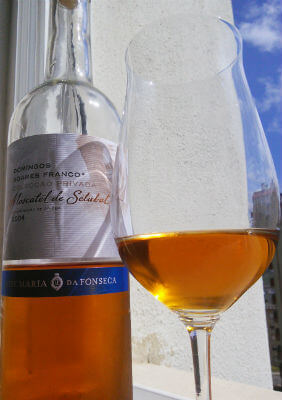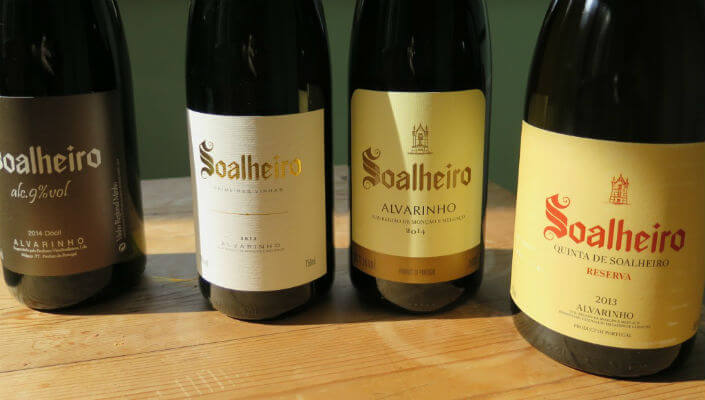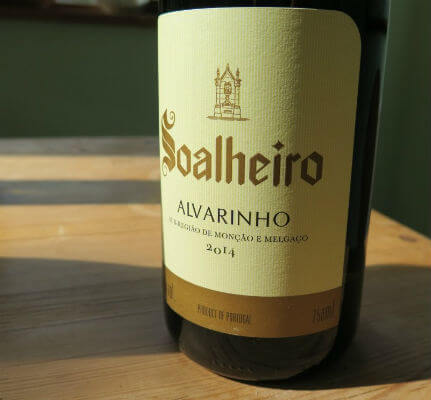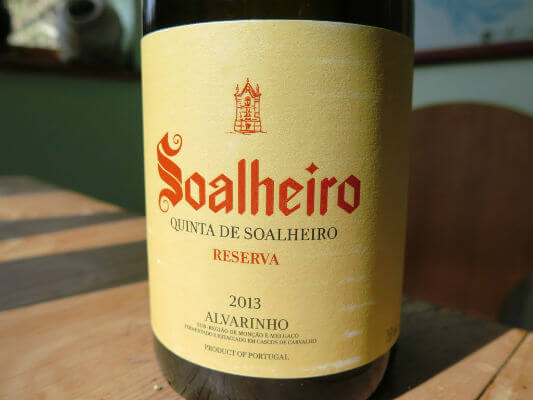Fresheners: José Maria da Fonseca’s 2014 Wines
Text João Barbosa | Translation Jani Dunne
I am so tired of the heat, even though the summer has barely started. The street where I am as I write this is cool… Well, as cool as a fridge in Hell. In my mind – somebody has to stay behind in Lisbon, minding the city while everybody is out and about – I stretched my towel out on the sand and took a few dives in the ocean to cool my head and freeze a few bad thoughts.
I’m writing this in the faint light, at twilight. As always, this season and this moment take me to a moment in time I can never return to. I’m listening to GNR (a Portuguese rock band) and as the song says, I remember how, “at 16, one feels so close to 86”. This is factual, not melancholy.
Some facts bring discomfort. When I think about when I was 16, I remember several beaches, because the summer holidays were really long. In June, I would visit Sesimbra and I can still retrace the route in my head; “the present” stops my invisible vehicle in Azeitão, on the way.
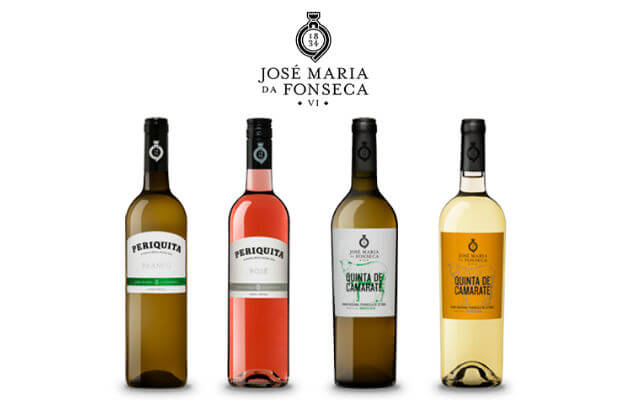
José Maria da Fonseca 2014 Wines – Photo Provided by José Maria da Fonseca | All Rights Reserved
Because it’s summer time. Because that is the place the new 2014 wines I was sent come from. These wines ready to face the heat and enjoy the season. Refreshing and easy to drink. In Colecção Privada Domingos Soares Franco Verdelho 2014, Colecção Privada Domingos Soares Franco Moscatel Roxo (Rosé) 2014, Quinta de Camarate white Seco 2014, Quinta de Camarate white Doce 2014, Periquita white 2014 e Periquita Rosé 2014 – besides BSE, which was previously written about.
The presentation took place in By The Wine José Maria da Fonseca, a place that reminds me of a few old “Casas de Pasto” (traditional simple eateries) – something between a tavern and a restaurant. By The wine is on Rua das Flores, parallel to Rua de Alecrim, between Cais do Sodré and Camões Square, very popular with tourists. This place is worth mentioning because they exhibit images that reveal this historical company’s past.
The year 2014 is one to remember, at least in Portugal; it was the year Eusébio died – that 60s football hero – and, in the rest of the world, for Scotland being denied its independence from the UK. People in the wine business will remember it as an “oops” year! Everything was going so well until the rain came.
However, it was no catastrophe. One positive outlook is the freshness of the wines whose grapes were harvested before the rain. It’s the case of those presented by a company in Azeitão. Everything has its pros and cons. In this case, whatever is usually most frowned upon is subjective. More substantial are the freshness and how accuracy the summer is shot in the heart.
Quinta de Camarate Seco white 2014 is a blend of Alvarinho and Verdelho grapes; it’s sensual in the nose and reveals freshness, suggesting food. Good on summer nights.

Quinta de Camarate Seco white 2014 – Photo Provided by José Maria da Fonseca | All Rights Reserved
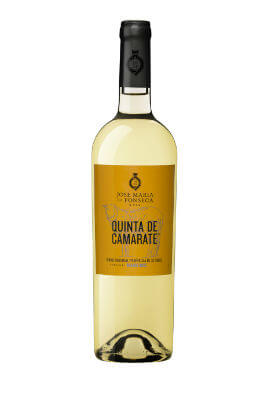
Quinta de Camarate Doce white 2014 – Photo Provided by José Maria da Fonseca | All Rights Reserved
Quinta de Camarate Doce white 2014 does not appeal to me. The problem is precisely the sweetness. It was made from grapes of the Alvarinho and Loureiro varieties. However, it stands as an alternative to generous whites or vermouths, taken with entrées.
The two Periquita may attend the same party. Periquita White 2014 gathers Alvarinho, Viosinho and Viognier, and must be placed on the table along with the summer’s traditionally light foods. Before that, friends in shorts and flip-flops will have enjoyed some Periquita Rosé 2014.
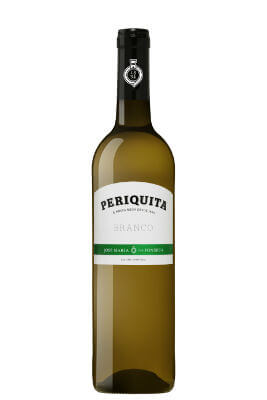
Periquita white 2014 – Photo Provided by José Maria da Fonseca | All Rights Reserved
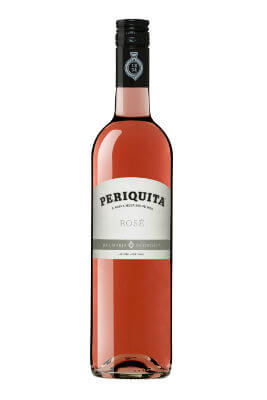
Periquita Rosé 2014 – Photo Provided by José Maria da Fonseca | All Rights Reserved
One shouldn’t sleep on the job, and JMF certainly doesn’t. There are no “serious wines” or “pretend wines”. I mean I have to say that the remaining two wines are “more serious”. It’s a case of rhetoric.
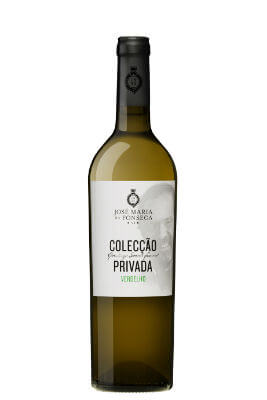
Colecção Privada Domingos Soares Franco Verdelho 2014 – Photo Provided by José Maria da Fonseca | All Rights Reserved
Colecção Privada Domingos Soares Franco Verdelho 2014 is a highjack on the summer…
– Go away, heat! Get out of here!
Colecção Privada Domingos Soares Franco Moscatel Roxo 2014 has been frightening the temperatures away, as were its previous editions. Still, I wouldn’t say it’s “my wine”. I have to mention something, though: Colecção Privada Domingos Soares Franco Moscatel Roxo wines have been very revered, whether by critics or the general public. Aside from that, I take my hat off to it, and presume the problem must be me; I don’t believe in sidereal conspiracy… especially against a mere mortal’s palate.
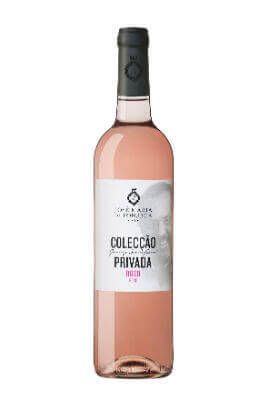
Colecção Privada Domingos Soares Franco Moscatel Roxo Rosé 2014 – Photo Provided by José Maria da Fonseca | All Rights Reserved
Always generous, even in the summer
Moscatel de Setúbal wines aren’t so popular, unfortunately. Most are consumed in their own region. It’s a shame, really, because they are quite different from the world-famous Port and Madeira.
The company, José Maria da Fonseca, introduced Alambre 2010, which aged in used wood. It got the taste right, whether to start with or to finish dessert. The company suggests using it in cocktails; either just with ice, or with ginger ale and a lemon zest, or with sparkling water.
Contacts
Quinta da Bassaqueira – Estrada Nacional 10,
2925-542 Vila Nogueira de Azeitão, Setúbal, Portugal
Tel: (+351) 212 197 500
E-mail: info@jmf.pt
Website: www.jmf.pt



